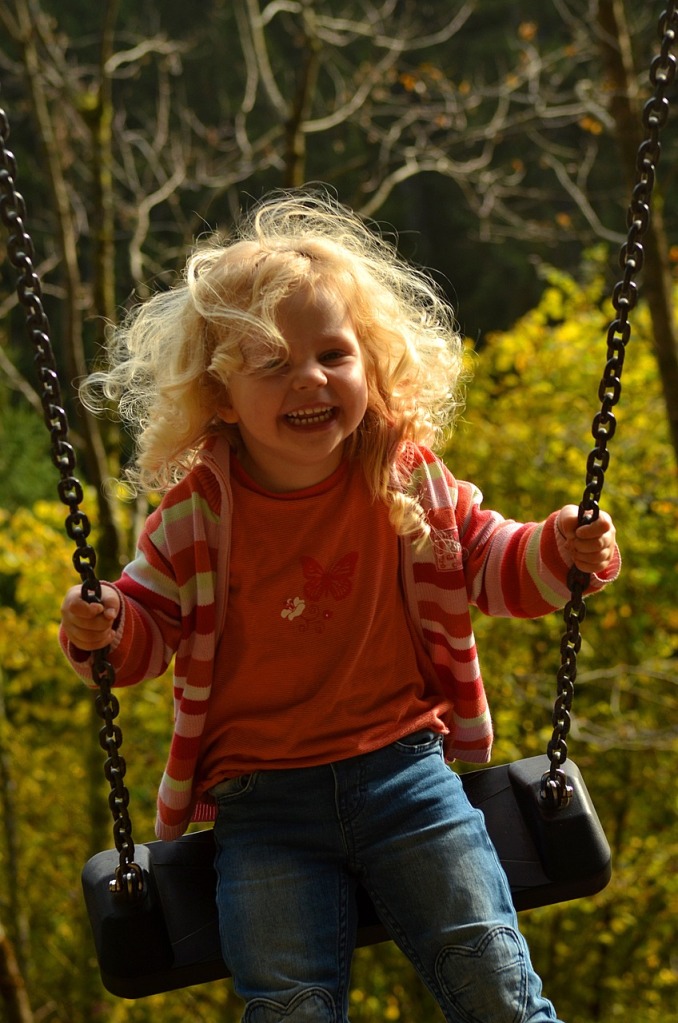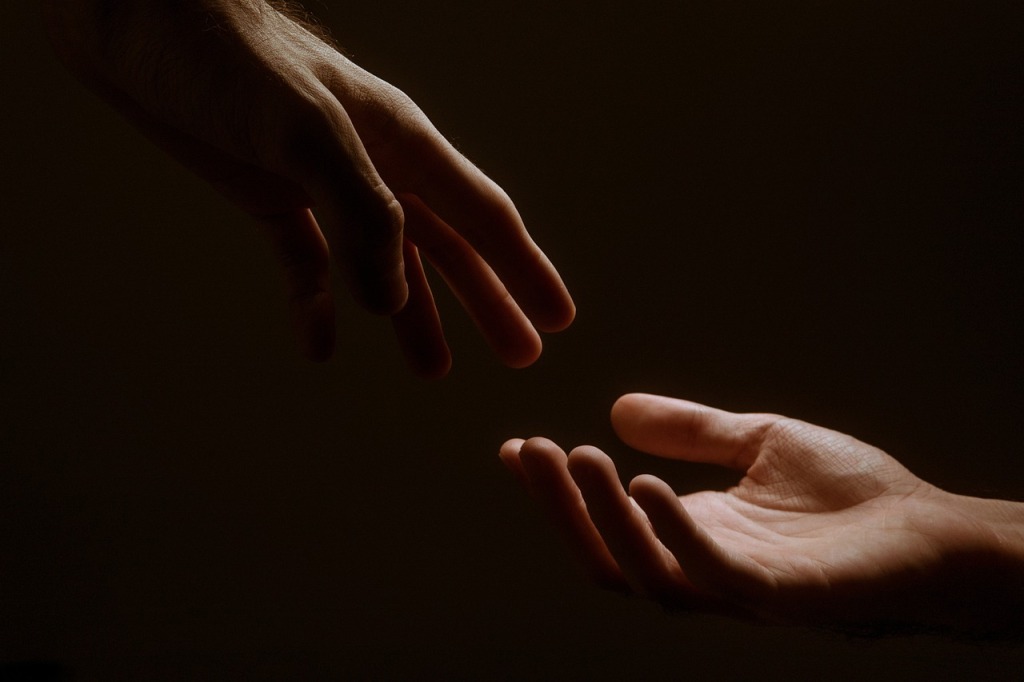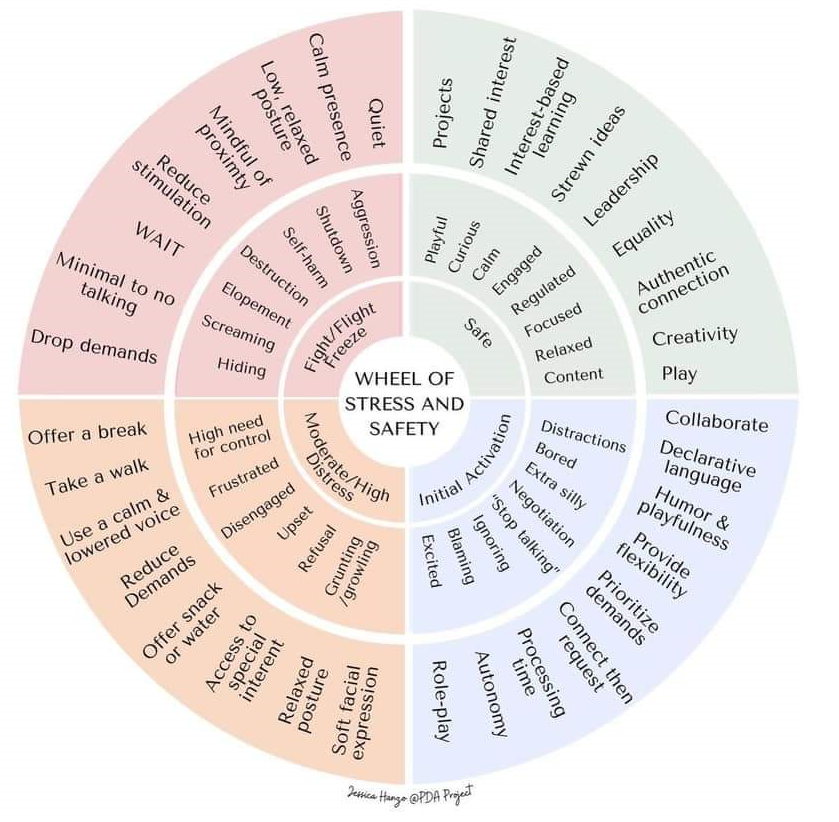Exercise is one of the key elements in solving the puzzle of handling neurodivergent symptoms in children and adults.
Among the most efficient scientifically proven are martial arts and swimming alongside with gymnastics, horseback riding and tennis …
Let me talk a little more about Karate today because I have started to test Karate myself as a grown up and for my little kids and can’t even start to describe how beneficial I found it to be.
The style I trained in is called Shotokan. Often celebrated for its physical and mental benefits for practitioners of all ages and backgrounds, it’s especially promising for neurodivergent children (anyone whose neurological development and functioning diverge from typical patterns such as children with autism, ADHD, and other learning differences).
And this is why:
- Structured Environment
Karate classes are highly structured, with clear rules, routines, and expectations. This predictability is beneficial for neurodivergent children who often thrive in environments where they know what to expect. The consistency in class structure helps reduce anxiety and provides a sense of security, allowing children to focus on learning and participation. - Physical Activity
Engaging in physical activity is crucial for all children, but it can be particularly beneficial for neurodivergent kids. Regular exercise helps in regulating mood, reducing stress and anxiety, and improving overall physical health. Karate, with its emphasis on physical conditioning, strength, flexibility, and coordination, provides an excellent outlet for energy and promotes physical well-being. - Motor Skills Development
Many neurodivergent children face challenges with fine and gross motor skills. Karate training involves repetitive movements that enhance coordination, balance, and agility. Through consistent practice, children can improve their motor skills, which can translate to better performance in daily activities and other sports. - Social Skills and Teamwork
Karate fosters a sense of community and encourages social interaction in a controlled and respectful environment. Neurodivergent children often find social situations challenging, but karate provides a safe space to practice social skills. They learn to work with peers through partner drills and group activities, enhancing their ability to communicate, cooperate, and build friendships. - Self-Discipline and Focus
Karate requires concentration, self-discipline, and adherence to a set of principles. These are essential skills for neurodivergent children, who may struggle with impulsivity and maintaining focus. The practice of kata, sparring, and other karate activities demands attention and discipline, which can help children develop better self-control and concentration. - Improving Concentration through Kata
Kata, a fundamental aspect of karate, involves performing a series of prearranged movements and techniques in a specific order. Practicing kata requires intense concentration and precision. For neurodivergent children, kata can be particularly beneficial as it helps to improve focus, memory, and the ability to follow sequences. The meditative nature of kata practice also promotes mindfulness and mental clarity, contributing to better concentration in other areas of life such as in school or at work. - Boosting Confidence and Self-Esteem
Achieving new skills and progressing through the ranks in karate boosts self-confidence and self-esteem. The belt system provides clear, attainable goals and a tangible sense of achievement. For neurodivergent children, who may often face difficulties and setbacks in other areas of life, these successes are incredibly empowering and motivating. - Emotional Regulation
Karate teaches techniques for managing emotions and stress, such as controlled breathing and mindfulness. These practices are invaluable for neurodivergent children, helping them to better understand and regulate their emotions. This can lead to improved behavior and a greater ability to handle challenging situations in different areas of life. - Inclusivity and Adaptability
Many karate schools are inclusive and willing to adapt their teaching methods to meet the needs of neurodivergent students. Instructors trained to work with diverse learners can modify techniques and approaches, ensuring that each child can participate fully and benefit from the practice.
The things that caught my attention the most, personally, during my training with the kids and teens were the way they interacted with each other and how supportive they were of each other. I did not expect this at all.
I had in my mind that this is more like an individual sport but how wrong I was.
I absolutely loved the atmosphere. No matter where somebody came from, how old they were .. everyone was welcome and greeted and supported by the others.
Nobody found it odd to have an “old woman” along with them. On the contrary, they were very helpful and always smiling. The same for my little kids, my daugher being the smallest in the club. She got tons of hugs and encouragements.
Personally, my biggest problem was concentration – has always been but it became really apparent during the sessions. I can’t even start to count the times the instructor told me to focus, even when I thought I actually did that, but nope.
He told me how he can see that I’m not focused and showed me how my gestures were not firm, how my look went somewhere else … he would put himself in front of me to help me focus on a spot such as his forehead or hand which helped immensely.
I absolutely loved that because I sometimes find it impossible to know if a child is really focused or not. You can often think that they are when they are absolutely not.
When I ask teachers in school how they know a child is focused they just tell me they can see it. When I get this answer I always tell them that I can read completely unknown books out aloud and “not be there” mentally. You would never be able to tell that I was not reading in my head. To which I usually get the comment “you are weird”.
So I understand how hard it is for teachers to figure out if somebody is actually following or on holidays in Hawaii.
And so here you have nowhere to hide, it becomes obvious that your concentration is not where it should be!
So I can see how with a lot of training you will learn to get a lot better with your focus.
When the instructor started to show several sequences I was completely bugging because I couldn’t retain more than 3 movements at the time and I had like a delay in the registration when he showed them all together. But when I explained to him that I couldn’t follow he would take his time to break everything down and through repetition it finally got into my brain.
Now it first it made me feel bad, like so many times when I’m “behind” and I told him I’m sorry for my lack of focus and being slow. He started laughing and told me that I’m doing much better than the 12 year olds, especially for a first session. He said those kids learned what I learned now within 6 months and they still don’t have my form. I don’t quite care if he was just being kind and supportive or if it was the truth …
Boost of self-esteem .. keep coming back ;).







Leave a comment